 In my previous post I recounted a meeting with Clarence John Laughlin in the mid-1970s, and his subsequent involvement in a critical survey I published in 1977, The Grotesque in Photography.
In my previous post I recounted a meeting with Clarence John Laughlin in the mid-1970s, and his subsequent involvement in a critical survey I published in 1977, The Grotesque in Photography.
Not long after The Grotesque in Photography reached the bookstores, I published the following article in my “Light Readings” column in the December 1977 issue of the magazine Camera 35. It describes an event I attended earlier that year.
•
Lament for the Walking Wounded
Last spring I witnessed an occurrence which so epiphanized the current state of photography’s transformation into high culture that it’s haunted me since. It happened at a major conclave of people involved in making, learning how to make, and teaching others how to make what we loosely call “serious” or “creative” photographs. This group — perhaps half a thousand strong — was being addressed by one of the nation’s most prominent art critics. His talk, the keynote speech for this gathering, was something of an embarrassment. Not only was the man a poor public speaker, but his comments failed to match the energy potential of the occasion and generally went well under the heads of his audience.
Given the range of approaches he could have chosen, the speaker selected the most innocuous — and also the most trivial: chatty, informal reminiscence. Entertainment, in short. Most of his time was given over to unnecessarily elaborate recountings of the comparatively infrequent occasions on which he had deigned to direct his attention to photography. Considering the major creative and technical developments which have taken place within the medium in the last twenty-five years — the period his critical career spans — his relationship to photography could hardly be called prophetic, nor indeed even attentive. In fact, a good claim could be made that he missed the boat entirely.
Nonetheless, there he was, making the best of what little he had to work with. As the skimpiness of his material became painfully clear, he did what many mediocre entertainers do — he started looking for laughs and for sympathy. His way of obtaining them was to hold a particular photographer up to ridicule on the basis of his personality, regaling the audience with anecdotes about this obstreperous individual.
I happen to know this photographer, fairly well though hardly intimately. We have corresponded and talked at length on the phone and met numerous times and dined together. He is certainly, on one level, a remarkable and picturesque character, colorful enough that Tennessee Williams wrote him into his newest play, Vieux Carré. The man is an incessant talker, cantankerous, obsessive, constantly defending the premises of his own imagery and that of others who work in similar ways. He operates out of a sense of contest so ingrained that he can no longer let down his guard; indeed, he is so habituated to fighting a lonely battle that he can barely recognize or acknowledge his allies.
But this hardly makes him a buffoon, which is how the speaker was portraying him. He is a dedicated 72-year-old image-maker who has devoted forty years to photography. He has created an enormous body of work with a number of distinct but related branchings — an oeuvre so large that there is probably no one beside himself who knows all its corridors. I think much of his imagery is seminal, though that is arguable. Certainly it is unique, personal, inventive, historically significant within photography and informationally invaluable in several other fields.
He has created this work under conditions of adversity, both physical and economic; he has supported himself as a freelancer, and until very recently had received virtually no institutional recognition or backing of any kind. In addition to the neglect of the larger visual arts community — which all but a handful of his generation of photographers experienced — he also suffered from the less than benign neglect of the photography community. This may be due in part to his difficult and intransigent nature, but certainly has much to do with his work, a large segment of which has been done in a style which was critically, curatorially, and historically unfashionable thirty, twenty, and even ten years ago. (At this point, he looks more and more like a pioneer.)
Certainly he is one of those photographers deliberately ostracized by the photo-historical establishment (whose intensely political machinations merit more study than they’ve received). He’s not mentioned in [Beaumont] Newhall, mentioned only in passing by [Peter] Pollack, and receives a brief one-paragraph biography in [Helmut] Gernsheim’s Creative Photography; his work is not illustrated in any of those tomes. So he’s worked in the boonies, without recognition, throughout his career, almost entirely self-sustaining economically, physically, and psychologically.
In short, he’s a good example of what I’ve come to think of as the walking wounded of photography. I have met dozens of them in the past ten years; I know of dozens more. They are men and women, over fifty years old, who never got their due and are beginning to realize that they may never get it. In some cases the oversight has been accidental, the conspiracy of circumstance. In others, it has been intentional. Some of the stories would curl your hair. But that’s another can of worms. What I’m trying to say is that there are hundreds of them out there — in California and Indiana, in Louisiana and in Massachusetts, in Chicago and New York, in London and in Paris.
They see a smattering of their peers finding some belated recognition and, through the sale of their archives, even some long-awaited economic security and protection for their life’s work. They see dozens of young photographers fresh out of school snapping up the grants and the museum shows and the stalls for photographers in the stables of suddenly interested art galleries. And, after three or four or five decades of work, they begin to wonder if, in the current public feasting on photography, there are any scraps for them.
Bitter? I hope to tell you. And angry. And frustrated. And suspicious. And with ample reason. Bad enough that the above-mentioned critic, who was still wet behind the ears when the photographer in question was twenty years into his life’s work, should make jokes about such an artist behind his back in public. Bad enough that this should happen at a time when the photographer was discovering that he faced not only continued economic adversity and great difficulty in preserving his life’s work, but major medical problems as well. Bad enough that the person making the jokes was a representative of that group whose offhanded disregard for photography is partly responsible for bending this photographer (and many of the others) into the very shape that was being mocked.
But worse than this critic being so tasteless as to make those jokes, worse by far, was the audience’s laughing at them. Not politely, or reservedly, but wholeheartedly — so overjoyed at being tacitly included in this critic’s sphere of influence that they were ready and willing to cut one of their own adrift. It was shocking to discover how cheaply we could be bought. What advanced stage of corruption have we reached in these last five or six fast years that such a moment could come to pass? How could a room full of hundreds of people who claim a deep commitment to photography permit a man who’s demonstrated none at all to treat one of their fellow toilers in the vineyard as a clown? Why did no one in that room denounce the insolence?
That critic owes the photographer he insulted an apology. That roomful of photographers and photography teachers and photography students owes him an apology. And I owe him an apology — because I was there, and did not speak out against this indignity. I even laughed, along with the rest, though I felt ashamed in doing so and have felt so since. It is easier to laugh at him, and at the many others like him, than to confront their pain. Such laughter is a dismissal, a disavowal. Stepping away from such people is simpler than identifying with them, or (heaven forbid) joining them, sharing their suffering and their anger.
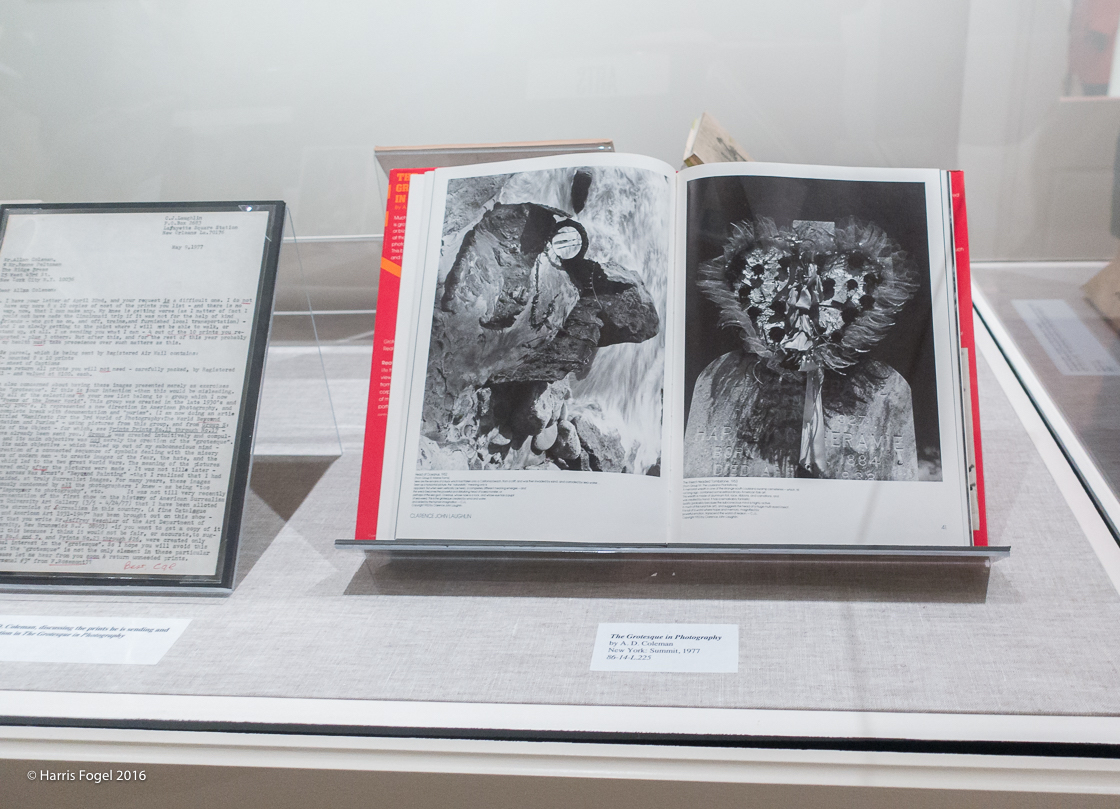
Clarence John Laughlin portfolio, “The Grotesque in Photography,” exhibition display, Historic New Orleans Collection, November 2016. Photo © Harris Fogel.
My laughter told me that I was on the verge of losing something I once held very precious, which I can only call tribal pride. When I first became involved in photography, back in the late 1960s, part of my attraction to the medium was to the growing sense of deep community among its practitioners — a feeling that, regardless of stylistic persuasion, they were all members of a maligned and embattled caste. But things are changing rapidly. Academic and art world absorption is quickly leaching away that community’s sense of identity and uniqueness. Greed and growth are contributing their share to its dissolution. That tribe is evolving into a herd.
I am not sure what, if anything, is being gained in the transformation. But the price that’s being paid becomes increasingly clear, and perhaps the rush should be stopped long enough to ask ourselves if the cost is not too high. Must we jettison our wounded? Must we embrace the sources of their injuries? Must we blind ourselves to what they experienced as “a life in photography”?
One basic gauge of human behavior is how any given group honors its dead and cares for its wounded. Of the two tasks, honoring the dead is surely the less demanding; not coincidentally, it’s the only one the art world is willing (even eager) to take over from us. Caring for our wounded will be a harder chore to perform; it’s much more tedious, messy, and indefinite.
But perhaps it would teach us something worth learning. It might even restore to us something infinitely valuable. At any rate, it’s something to which all of us in what used to be called “the photography community” might give some thought, young and old alike. Because the alternatives, in that community as in any other, are clear: close ranks around your wounded and nurse them with the same tenderness you’d like shown to you, or abandon them — and expect the same in turn.
•
Postscript: In February 1988 I wrote the following to Laughlin biographer A. J. Meek, in response to some questions he’d asked:
The speaker who disparaged Clarence John was … Hilton Kramer …, at a New York City national meeting of the SPE [Society for Photographic Education] in the spring of … 1977. I recall that [Clarence John] phoned me from New Orleans, not too long after the article had come out — someone had brought it to his attention, and the references to Clarence John were quite specific if a bit obscure, so he knew it was about himself.
I hadn’t wanted to make the essay into an account of a specific abuse of one known figure by another — my point was broader than that, as you know from reading it. So I left them nameless. At the same time, I included enough clues that a determined reader could track down the principals. (Not many prominent art critics had given keynote addresses to the national SPE’s annual conferences within the previous two or three years, and how many photographers had Tennessee Williams written into his plays?)
So, when Clarence John called, I told him it was Hilton. I never played coy with the man — he deserved better; also, I figured all he had to do was get a list of recent SPE keynote speakers to figure it out for himself. Subsequently I heard, through third parties whose identities I’ve forgotten, that Clarence John had called Hilton about it — or vice versa — and that Hilton had apologized profusely for the incident. That may (in part) be why Hilton, in later reviewing Light Readings for the Times, called me “one of the most assiduous, energetic and intelligent critics of photography … and also at times one of the most opinionated and infuriating.” …
 In any case, that’s the story, or as much of it as I can fill in. I might add that, of all the writing I’ve done on moral/ethical issues in photography, this piece struck perhaps the most resonant chord of all; I’ve had countless people tell me how much it means to them that someone said those things.
In any case, that’s the story, or as much of it as I can fill in. I might add that, of all the writing I’ve done on moral/ethical issues in photography, this piece struck perhaps the most resonant chord of all; I’ve had countless people tell me how much it means to them that someone said those things.
As far as I’m concerned, most of the credit for that belongs by right to Clarence John. If he hadn’t let me into his life enough for me to be able to glimpse the human cost of “benign neglect,” that essay would hardly be as grounded or felt, and probably would never have been written at all. It needed a fighter, “bloodied but unbowed,” at its center. That was Clarence John’s gift to me; I just shared it around.
•
This post supported by a donation from photographer Harry Wilks.
•
 Special offer: If you want me to either continue pursuing a particular subject or give you a break and (for one post) write on a topic — my choice — other than the current main story, make a donation of $50 via the PayPal widget below, indicating your preference in a note accompanying your donation. I’ll credit you as that new post’s sponsor, and link to a website of your choosing. Include a note with your snail-mail address (or email it to me separately) for a free signed copy of my 1995 book Critical Focus!
Special offer: If you want me to either continue pursuing a particular subject or give you a break and (for one post) write on a topic — my choice — other than the current main story, make a donation of $50 via the PayPal widget below, indicating your preference in a note accompanying your donation. I’ll credit you as that new post’s sponsor, and link to a website of your choosing. Include a note with your snail-mail address (or email it to me separately) for a free signed copy of my 1995 book Critical Focus!
 Donate now and I’ll include a copy of The Silent Strength of Liu Xia, the catalog of the 2012-13 touring exhibition of photos by the dissident Chinese photographer, artist, and poet, currently in her sixth year of extralegal house arrest in Beijing. The only publication of her photographic work, it includes all 26 images in the exhibition, plus another 14 from the same series, along with essays by Guy Sorman, Andrew Nathan, and Cui Weiping, professor at the Beijing Film Academy.
Donate now and I’ll include a copy of The Silent Strength of Liu Xia, the catalog of the 2012-13 touring exhibition of photos by the dissident Chinese photographer, artist, and poet, currently in her sixth year of extralegal house arrest in Beijing. The only publication of her photographic work, it includes all 26 images in the exhibition, plus another 14 from the same series, along with essays by Guy Sorman, Andrew Nathan, and Cui Weiping, professor at the Beijing Film Academy.


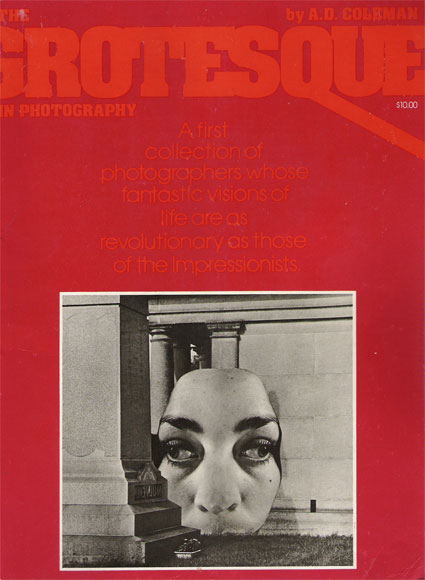
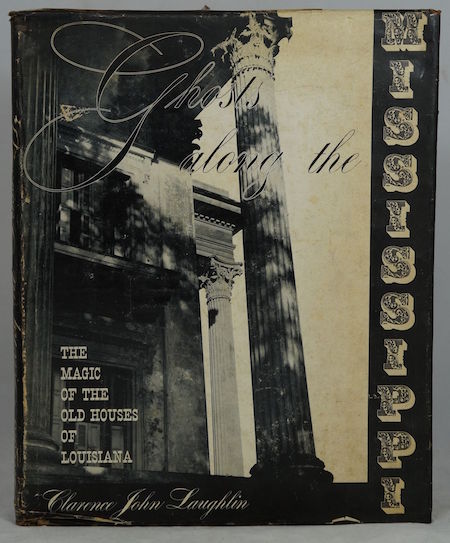
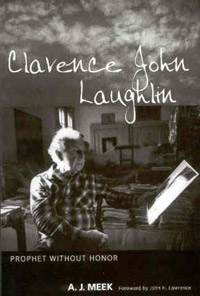
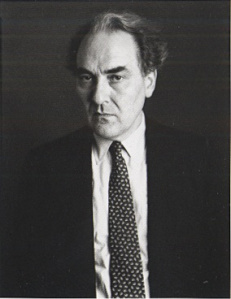




Leave a Comment